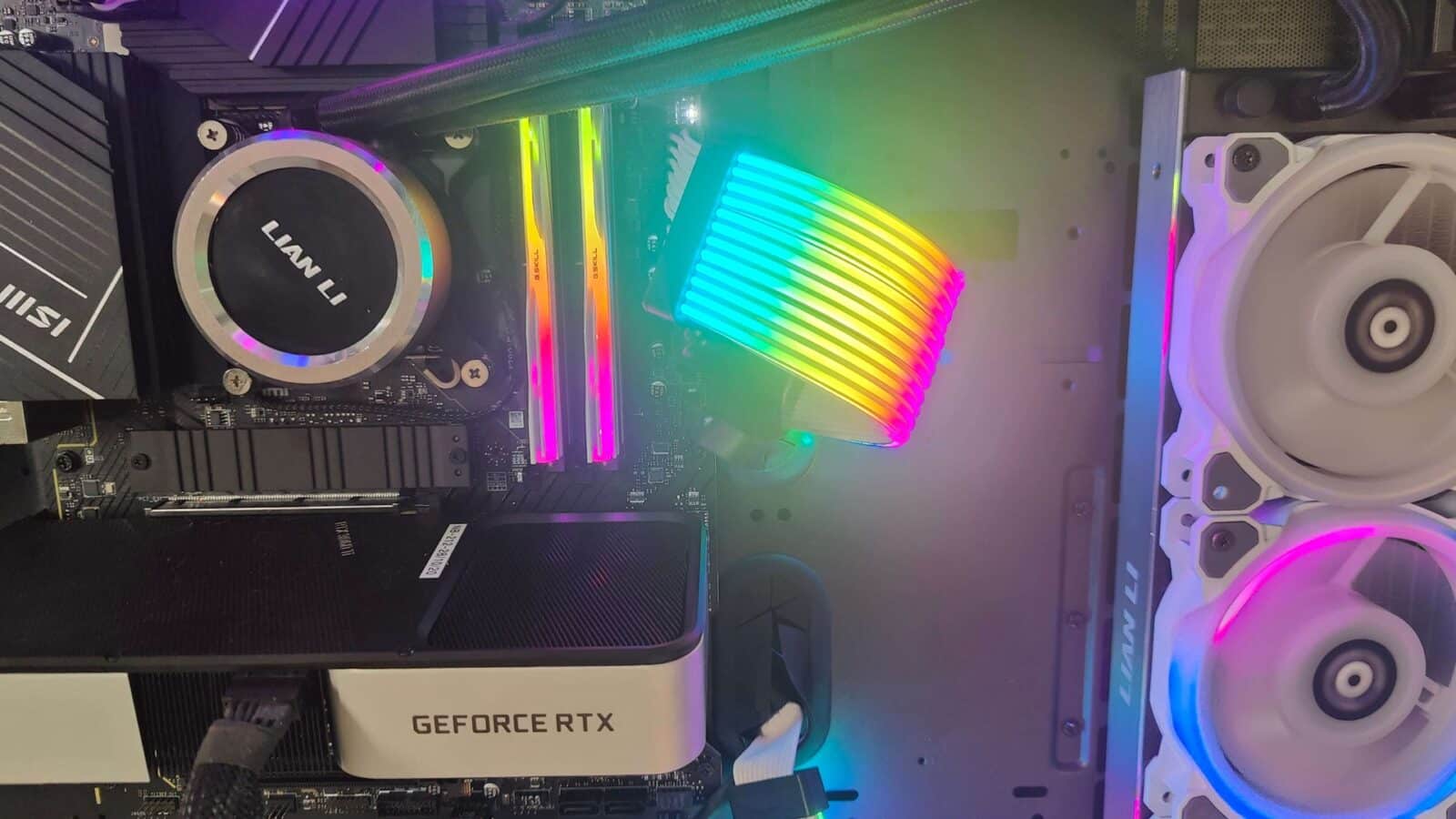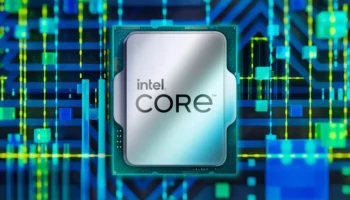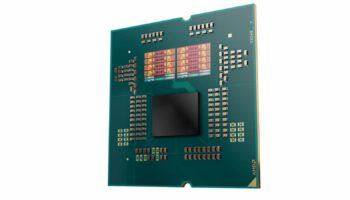
When reports of Intel’s 13th and 14th Gen Core i9-13900K/14900K started surfacing, we had a similar experience with our 13900KF and Core i7-14700KF. The two processors suffered from PCIe x16 dGPU expansion lane issues, refusing to boot in x16 or even x8 mode. For the 13th Gen part, the x8 mode was functional but caused intermittent crashing in games and other 3D workloads. Our findings from that unit, including the crash dump can be viewed here.

In short, the PCIe lanes connecting to the primary graphics card slot malfunctioned in one way or another. Now, we have a third chip, the RMA replacement for the Core i9-13900KF showing the same issue. When the graphics card is installed on the primary dGPU slot, the CPU refuses to boot. Connecting the GPU to the chipset slot works, but you’re limited to PCIe Gen 4 x4 mode instead of x8 or x16.

We’ve tried connecting multiple GPUs, one to the CPU expansion slot and the other to the chipset slot, but the former isn’t detected. We tried three different motherboards, the ASUS ROG Z790 Maximus Hero, the ROG B760 Strix WiFi, and the MSI PRO Z790P WiFi, and all exhibited the same symptoms. The VGA debug LED lights up when the GPU is connected to the primary CPU-connected PCIe x16 slot.

The Corsair RM1000e powered the system, and the CPU was cooled using the Lian Li Galahad 360 AIO. G.Skill’s Trident Z5 Neo RGB 16GB x2 memory kit was paired with a WD SN770 2 TB NVMe storage installed on the CPU M.2 slot, and yes, we tried removing that as well.

Having an RMA’d chip fail within 2 months of delivery is downright pathetic, and hides a larger issue than just power profiles. For reference, I’ve been using the CPU with the Intel Baseline profile from the very beginning, and that didn’t do squat.

Intel’s handling of a widespread manufacturing defect hasn’t been appropriate either. Simply asking users to use the “best power profile supported by their motherboards” isn’t a fix. It makes the whole matter more complicated. You’re advocating a policy where end performance depends on the motherboard rather than a standardized baseline. Having enthusiast power profiles is okay, but they shouldn’t be the default depending on your motherboard’s power delivery.
Further reading:





